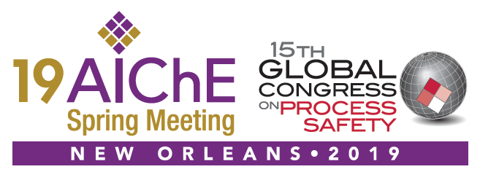

There are qualitative and quantitative approaches to hazard assessment that justify the need for instrumentation with reliable performance and rigorous maintenance to ensure mitigation of high-risk events. Safety Instrumented Systems (SIS) are logical solutions to obtain increased protection from hazardous process deviations but can increase capital expenditure with additional hardware and maintenance coverage requirements. System cost significantly increases with increased performance capability. SIS performance is measured by defined Safety Integrity Levels (SIL) specified by the international SIS standard (IEC-61511, “Safety Instrumented Systems for the Process Safety Industry Sectorâ€). The IEC standard contains strong language for personnel competence and accountability requirements to ensure functional safety objectives are met when implementing these systems. Smaller companies may struggle with internal personnel proficiency to properly specify, design, verify, implement, and maintain a SIS throughout the safety life-cycle. This discussion will offer practical suggestions for making choices between simple SIS design and more complex systems, accounting for factors such as actual process risk reduction requirements, competency and availability of site resources for ongoing maintenance and proof testing, project economics, and contesting myths and misinformation from other sources.
Presenter(s)
Once the content has been viewed and you have attested to it, you will be able to download and print a certificate for PDH credits.
If you have already viewed this content,
please click here
to login.
Language
Pricing
Individuals
| AIChE Member Credits | 0.5 |
| AIChE Pro Members | $19.00 |
| Employees of CCPS Member Companies | Free |
| AIChE Graduate Student Members | Free |
| AIChE Undergraduate Student Members | Free |
| AIChE Explorer Members | $29.00 |
| Non-Members | $29.00 |
